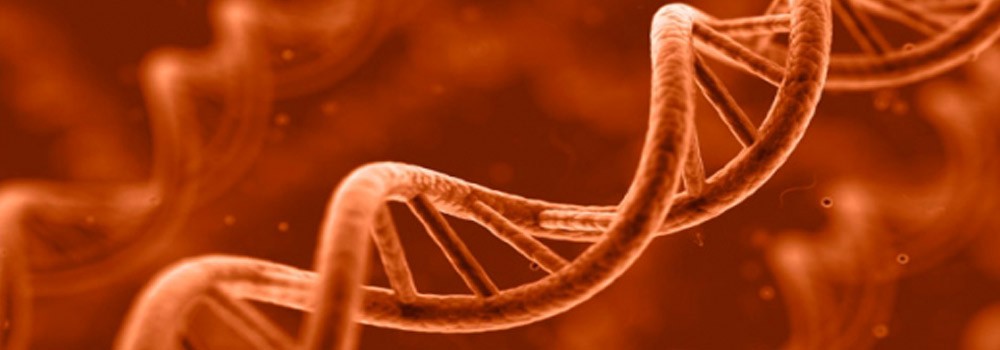Wretches and Genes: We Come For You
Over a telephone interview, Bernard Dickens, professor emeritus of Health Law and Policy at the University of Toronto, argued that overall the Myriad ruling was “not that influential.” Dickens and other experts seem to agree that patenting isolated DNA is a thing of the past, while the future of biotech lies in cDNA. Indeed, the relevance of isolated DNA patents has been fast declining since 2005, while the prominence of cDNA as research tools, as therapeutic agents and as ingredients of therapeutic proteins for biologic drugs has risen. In an email interview, Yann joly, Lawyer and an Assistant Professor at the Faculty of Medicine, Department of Human Genetics at McGill University, also agreed that the biotech industry has moved on from the patent application of isolated DNA. He also stated that the door remains open for other types of DNA that aren’t considered a product of nature.
In the end, the reasoning of the Supreme Court was based on the technicality of the legal status of patents rather than on the moral grounds of the practice. In the case of BRCA 1/2, key components of Myriad’s patents were struck down since the isolated DNA sequences did not fit the criteria of an eligible patent: novelty, non-obviousness, and usefulness. As the isolation – or purification – of the BRCA genes did not make the genes markedly different from its natural state in the human body, the justices argued that Myriad’s mere identification – or discovery – of the gene was not enough for a patent. Hence, facts of nature cannot be owned, while the edited cDNA version of a gene legally constitutes as an invention and can be owned.
But what does this mean in terms of morality and for society? Can the patentability of cDNA still lead to Crichtonian nightmare of corporate ownership of the building blocks of life? Are patents to blame for the genetic monopoly of Myriad and other biotech giants or are we being too simplistic with this conclusion? And finally, what would patents and the biotech industry bring to our future?
The Sale of Science and the Role of Patents
The U.S. Patent and Trademark Office (PTO) have granted patents on at least 4,000 human genes. A good number of patent applications for human genes were filled during the 1990s when strong commercialization frameworks were adopted in almost all developed countries. Prior to the ruling, patents constituted up to 40% of the human genome – or up to 20% of human gene sequences – according to some studies. The monopolization on genes also encompasses pathogens as well, where human pathogens such as Hepatitis C and Haemophilius Influenza are legally considered as private property.
And it’s not just corporate that’s profiting off human genes. Universities, hospitals and research institutes, as seen in the assault on Ambry and Gene by Gene, are also contenders of the race to claim gene sequences and testing methods. A key stepping stone in the commercialization of academia and scientific research was the Bayh-Dole Act of 1980, which was drafted on the premise that financial investments were necessary to bring innovative and life-saving discoveries lying in the crypt of university archives into the open (the act should not be confused with patent law itself).
Through the act, small businesses and nonprofit organizations can patent government funded research results by allowing them to retain patent ownership, while federal agencies can apply for and hold patents, and can license their patents to the private sector. This, of course, is provided they diligently file patent applications and promote commercial development of their inventions. A 1983 Reagan Memorandum, endorsed by Congress in a housekeeping provision to a 1984 change in the law, extended the Bayh-Dole Act to large businesses as well.































Share the post "Wretches and Genes: We Come For You"